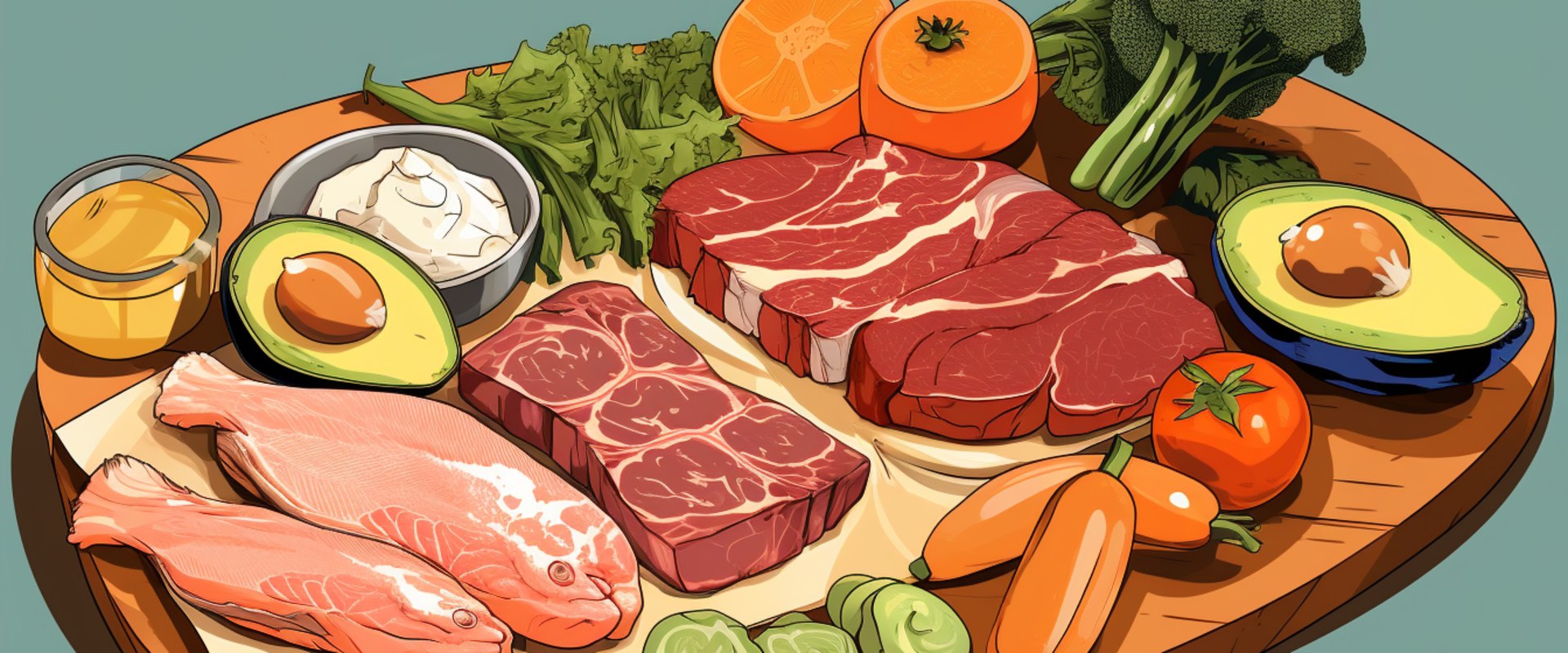Over time, people who follow the diet may see increases in cholesterol, particularly the least healthy cholesterol. This could increase the risk of heart disease. The Paleo diet is a way of eating that resembles the dietary pattern of human ancestors during the Paleolithic era, which took place about 2.5 million years ago (. Here are 4 possible side effects of the paleo diet.
In fact, most people in the United States only consume about 15 grams of fiber a day, which is far below current recommendations. Experts say that women under 50 should consume 25 grams a day and men under 50 should consume 38 grams a day (. A paleo diet is high in fiber-rich plant foods, such as vegetables, fruits, and nuts. As a result, a person who transitions from a low-fiber diet to a paleo diet could experience diarrhea.
This is because foods high in insoluble fiber can have a laxative effect, which can lead to diarrhea (. Women who followed the paleo diet had significantly higher rates of diarrhea compared to the general diet group (. Not eating enough fiber can lead to constipation, which can be painful and negatively affect health (6,. One study followed 44 people who followed a strict paleo diet or a modified paleo diet and 47 people who followed regular diets for at least a year.
It found that participants who followed the paleo diet had lower levels of certain beneficial bacteria and higher levels of the harmful Hungatella bacteria (1). Higher levels of TMAO have been associated with a higher risk of suffering from certain conditions, such as heart and kidney disease (12, 1). SCFAs act as a fuel source for the cells that line the colon and are involved in many other aspects of health). Because of these considerations, researchers have suggested that following a diet that completely restricts grains and legumes may not be beneficial to gut health for an extended period (1).
Low carbohydrate intake can be a major cause of fatigue). Low-carb diets, including the ketogenic diet, have been shown to cause fatigue. Research suggests that this may be due to the depletion of glycogen stores, which can occur with a low-carb diet (16, 1.) Glycogen is a form of energy that is stored in muscles and liver. The body uses it as a quick fuel source (1).
Interestingly, the paleo diet was associated with more positive psychological characteristics, even compared to a group that follows a normal, unrestricted diet) (1.Interestingly, the paleo diet was associated with more positive psychological characteristics, even compared to a group that follows a normal, unrestricted diet (1). In addition, the paleo diet can positively influence other aspects of health, including metabolic health (3, 4). Eliminating food groups such as legumes, all grains, and dairy products could increase the risk of under-consuming certain nutrients. However, studies show that paleo diets and modified paleo diets have minimal nutritional risk compared to a standard eating pattern (20, 21, 2).
Whatever diet you follow, consider testing your vitamin D levels and taking vitamin D3 if your levels are low. Studies show that some people may experience diarrhea, constipation, fatigue, and changes in gut bacteria when following a paleo diet pattern. The ketogenic diet is a very low-carb diet with numerous health benefits. Discover 20 nutritious foods you can eat with keto.
However, eliminating many food groups may not be a nutritional option for everyone. The diet is also expensive and time consuming. These factors can make the paleo diet difficult to follow in the long term. Low risk of iodine deficiency: However, this group is thought to consume more than 100 grams of fiber a day, much less than what people who follow the paleo diet consume in our current society.
By eliminating whole grains from a paleo diet, it may be more difficult for people to reach the current minimum fiber intake of 25 grams per day for women and 38 grams per day for men. Instead, you can always consider following a modified version of this diet, in which you accept healthy principles (such as eating more products and limiting added sugar), but also allowing yourself a little grace to sometimes deviate from strict elimination. This may be more feasible (and enjoyable) to follow for life. I'm not a Paleo fan, but no one can make a lifestyle change without a certain degree of “willpower” and starting with some basic rules for making long-term changes.
As one commentator already mentioned, the poster doesn't mention any of the other reasons not related to weight loss that someone might follow a paleo diet. It wasn't long on the Paleo diet when I developed an antisocial fear of eating out for fear of omega 6 oils in food or the use of flour, or simply wondering about the state of the meat, if it was from grass-fed animals, etc. It describes the version of Paleo recommended by Loren Cordain, which very few of us still use as a framework. Although the study was small, they found improvements in fatigue and quality of life in the paleo group compared to the control group.
The Paleo diet emphasizes plenty of vegetables and a reasonable amount of fat and protein at every meal. I know you like science and learning new things about food. I encourage you to read books like The Primal Blueprint, The Paleo Diet, and The Paleo Solution. I do CrossFit and I know SEVERAL people who have successfully maintained a paleo diet for years, including 2 people who have lost more than 100 pounds each while doing so.
After a long time, I realized that my high-intensity training (I've practically trained like an athlete for most of my life; even when I was much underweight, I trained intensely) I didn't think the paleo diet would fuel my cardiovascular exercises efficiently, but it was fine for lifting weights. People on a paleo diet avoid grains, dairy products, most types of added sugar, legumes, and certain oils, such as canola oil (. The previous study found that participants who followed a strict paleo diet had higher levels of TMAO compared to groups that followed a modified paleo diet or a regular diet. There are many researchers and doctors educated in the Paleo community who are doing research on diet that shows that it's more than just “eating like a caveman”.
See the work done by Chris Kresser, Chris Masterjohn from Weston A. I haven't read much about the paleo diet, so I don't know the ins and outs, but I do believe that eating a wide variety of foods is the key to long-term health, so for many people I don't think this diet is the best if it's restrictive. I thank the Paleo diet for allowing me to be attuned enough to my body to notice these things, because I really like to eat a piece of pizza from time to time. .




